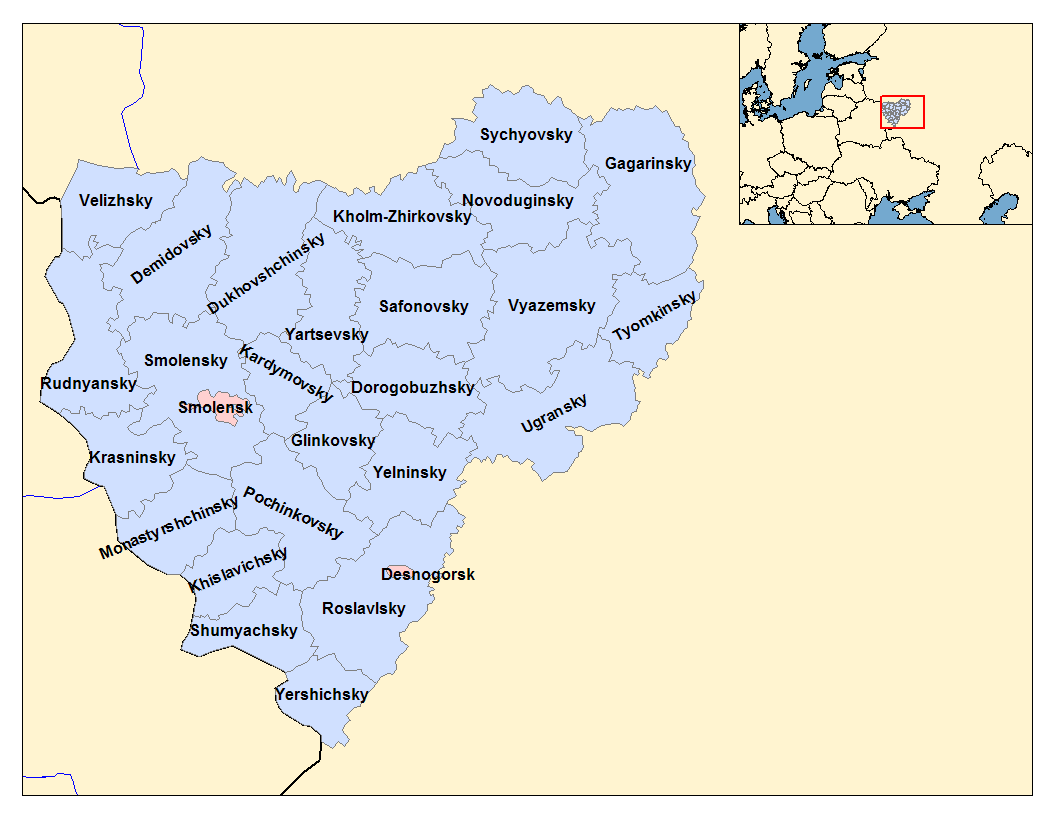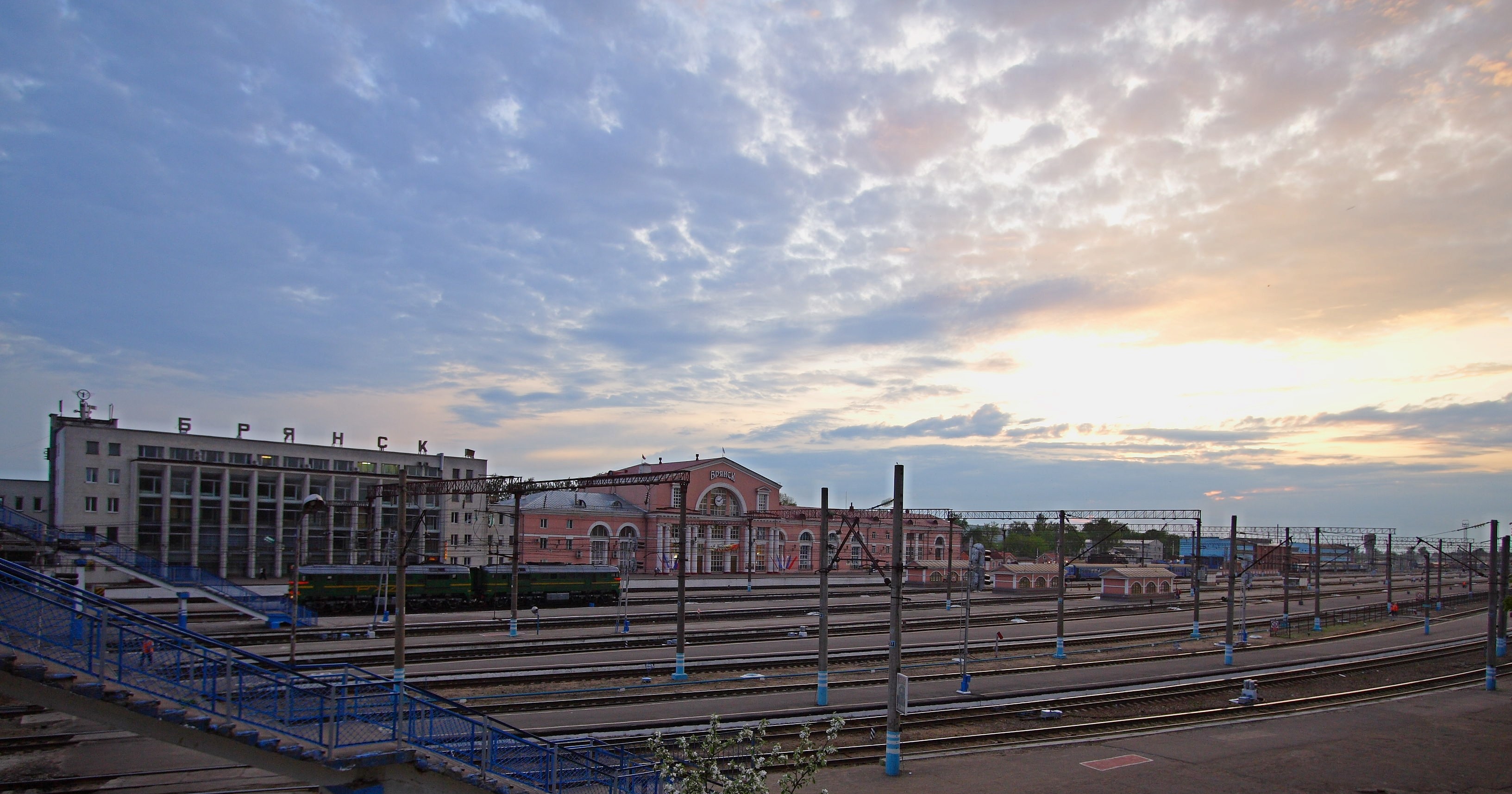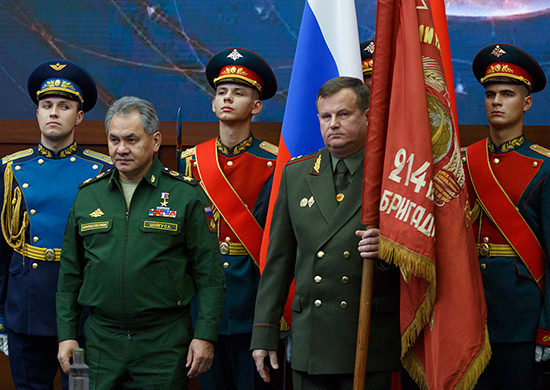|
Vyazma Airborne Operation
The Vyazma Airborne Operation was a Red Army airborne landing in the rear of German lines during the Battles of Rzhev. It took place from 18 January to 28 February 1942. The objective of the airborne landing was to help troops of the Kalinin Front and Western Front to encircle and destroy Army Group Centre. The airborne operation was unsuccessful and resulted in the loss of most of the troops landed. Battle The Rzhev-Vyazma Offensive began on 8 January 1942 with the aim of encircling Army Group Centre. In the first stages of the operation, the Red Army achieved some successes. As a result of the attacks of the Kalinin and Western Fronts, the German lines were breached in several places. In order to facilitate the advance of the troops, Stavka decided to land troops south of Vyazma with the objective of cutting the Vyazma-Yukhnov highway and the Vyazma-Bryansk railroad. The planned drop zone was guarded by scattered German units. The first group of airborne troops, comp ... [...More Info...] [...Related Items...] OR: [Wikipedia] [Google] [Baidu] |
Smolensk Oblast
Smolensk Oblast (russian: Смоле́нская о́бласть, ''Smolenskaya oblast''; informal name — ''Smolenschina'' (russian: Смоле́нщина)) is a federal subject of Russia (an oblast). Its administrative centre is the city of Smolensk. As of the 2010 Census, its population was 985,537. Geography The oblast was founded on 27 September 1937.Исполнительный комитет Смоленского областного совета народных депутатов. Государственный архив Смоленской области. "Административно-территориальное устройство Смоленской области. Справочник", изд. "Московский рабочий", Москва 1981. Стр. 8 It borders Pskov Oblast in the north, Tver Oblast in the northeast, Moscow Oblast in the east, Kaluga Oblast in south, Bryansk Oblast in the southwest, and Mogilev and Vitebsk Oblast ... [...More Info...] [...Related Items...] OR: [Wikipedia] [Google] [Baidu] |
Bryansk
Bryansk ( rus, Брянск, p=brʲansk) is a city and the administrative center of Bryansk Oblast, Russia, situated on the River Desna, southwest of Moscow. Population: Geography Urban layout The location of the settlement was originally associated with navigable river-routes and was located in the area of the Chashin Kurgan, where the fortress walls were erected. For reasons that have not yet been clarified, the city changed its location and by the middle of the 12th century had established itself on the steep slopes of the right bank of the Desna on Pokrovskaya Hill (russian: Покровская гора). The foundations of the future urban development of the city were laid even earlier, when around the city-fortress in the 17th century after the Time of Troubles of 1598-1613 on the coastal strip at the foot of the Bryansk fortress the posadskaya "Zatinnaya Sloboda" was upset, and on the upper plateau, between Verkhniy Sudok and White Kolodez - the "Streletskaya Sloboda". ... [...More Info...] [...Related Items...] OR: [Wikipedia] [Google] [Baidu] |
50th Army (Soviet Union)
The 50th Army was a Soviet field army during World War II. It was formed in mid-August, 1941 and deployed on the southwest approaches to Moscow. Partly encircled and destroyed by German Second Panzer Army in the opening stages of Operation Typhoon, enough of the army escaped that it could be reinforced to successfully defend the city of Tula in November. It was at this time that the 50th came under the command of Lt. Gen. Ivan Boldin, who continued in command until February, 1945. During most of its career the army was relatively small and accordingly served in secondary roles. It finished the war in East Prussia, under the command of Lt. Gen. Fyodor Ozerov, as part of 3rd Belorussian Front. Formation The Army became active on August 16, 1941, along the Desna River as part of the newly-forming Bryansk Front. The Army's first commander, Major General Mikhail Petrov, issued his Combat Order No. 1 on that date. In it, he recorded the composition of the 50th Army as follows: * 217th ... [...More Info...] [...Related Items...] OR: [Wikipedia] [Google] [Baidu] |
Warsaw
Warsaw ( pl, Warszawa, ), officially the Capital City of Warsaw,, abbreviation: ''m.st. Warszawa'' is the capital and largest city of Poland. The metropolis stands on the River Vistula in east-central Poland, and its population is officially estimated at 1.86 million residents within a greater metropolitan area of 3.1 million residents, which makes Warsaw the 7th most-populous city in the European Union. The city area measures and comprises 18 districts, while the metropolitan area covers . Warsaw is an Alpha global city, a major cultural, political and economic hub, and the country's seat of government. Warsaw traces its origins to a small fishing town in Masovia. The city rose to prominence in the late 16th century, when Sigismund III decided to move the Polish capital and his royal court from Kraków. Warsaw served as the de facto capital of the Polish–Lithuanian Commonwealth until 1795, and subsequently as the seat of Napoleon's Duchy of Warsaw. Th ... [...More Info...] [...Related Items...] OR: [Wikipedia] [Google] [Baidu] |
Franz Halder
Franz Halder (30 June 1884 – 2 April 1972) was a German general and the chief of staff of the Oberkommando des Heeres, Army High Command (OKH) in Nazi Germany from 1938 until September 1942. During World War II, he directed the planning and implementation of Operation Barbarossa, the 1941 invasion of the Soviet Union. Halder became instrumental in the radicalisation of warfare on the Eastern Front (World War II), Eastern Front. He had his staff draft both the Commissar Order (issued on 6 June 1941) and the Barbarossa Decree (signed on 13 May 1941) that allowed German soldiers to execute Soviet citizens for any reason without fear of later prosecution, leading to numerous war crimes and atrocities during the campaign. After the war, he had a decisive role in the development of the myth of the clean Wehrmacht, myth of the clean ''Wehrmacht''. Halder began his military service in 1914. In 1937 he met and became a loyal supporter of Adolf Hitler. Halder participated in the strateg ... [...More Info...] [...Related Items...] OR: [Wikipedia] [Google] [Baidu] |
Tupolev TB-3
The Tupolev TB-3 (russian: Тяжёлый Бомбардировщик, Tyazhyolyy Bombardirovshchik, Heavy Bomber, civilian designation ANT-6) was a monoplane heavy bomber deployed by the Soviet Air Force in the 1930s and used during the early years of World War II. It was the world's first cantilever wing four-engine heavy bomber. Despite obsolescence and being officially withdrawn from service in 1939, the TB-3 performed bomber and transport duties throughout much of World War II. The TB-3 also saw combat as a Zveno project fighter mothership and as a light tank transport. Development In 1925, the Soviet Air Force approached TsAGI with a requirement for a heavy bomber with total engine output of and either wheeled or float landing gear. Tupolev OKB started design work in 1926 with the government operational requirements finalized in 1929.Gunston 1995, pp. 384–385. The Tupolev TB-1 was taken as the basis for the design and the aircraft was initially powered by Curtiss V-15 ... [...More Info...] [...Related Items...] OR: [Wikipedia] [Google] [Baidu] |
8th Airborne Brigade
8 (eight) is the natural number following 7 and preceding 9. In mathematics 8 is: * a composite number, its proper divisors being , , and . It is twice 4 or four times 2. * a power of two, being 2 (two cubed), and is the first number of the form , being an integer greater than 1. * the first number which is neither prime nor semiprime. * the base of the octal number system, which is mostly used with computers. In octal, one digit represents three bits. In modern computers, a byte is a grouping of eight bits, also called an octet. * a Fibonacci number, being plus . The next Fibonacci number is . 8 is the only positive Fibonacci number, aside from 1, that is a perfect cube. * the only nonzero perfect power that is one less than another perfect power, by Mihăilescu's Theorem. * the order of the smallest non-abelian group all of whose subgroups are normal. * the dimension of the octonions and is the highest possible dimension of a normed division algebra. * the first number ... [...More Info...] [...Related Items...] OR: [Wikipedia] [Google] [Baidu] |
4th Airborne Corps (Soviet Union)
The 4th Airborne Corps was an airborne corps of the Red Army in World War II. It fought in the Vyazma airborne operation, an unsuccessful landing during the Rzhev-Vyazma Offensive. History The corps was formed in the spring of 1941 in the Western Special Military District from the personnel of the 214th Airborne Brigade. The corps was commanded by Aleksey Semenovich Zhadov. On 22 June 1941, the corps was stationed in the Western Front's second echelon in Pukhavichy in Minsk Region. On 26 June, the corps was ordered to conduct an air-assault and ground attack with the 20th Mechanized Corps to stop advancing German troops at Slutsk. The corps did not have transport aircraft and instead attacked on foot. The counterattack failed and both corps were broken through. In late June, the 214th Airborne Brigade was redeployed by truck to the area of the road at Glusk to operate in the rear of advancing German troops at Babruysk. The main forces of the corps, the 7th and 8th Airborne ... [...More Info...] [...Related Items...] OR: [Wikipedia] [Google] [Baidu] |
Smolensk
Smolensk ( rus, Смоленск, p=smɐˈlʲensk, a=smolensk_ru.ogg) is a city and the administrative center of Smolensk Oblast, Russia, located on the Dnieper River, west-southwest of Moscow. First mentioned in 863, it is one of the oldest cities in Russia. Population: The city has been destroyed several times throughout its long history because it was on the invasion routes of various empires. Smolensk is known for its electronics, textiles, food processing, and diamond faceting industries. Etymology The name of the city is derived from the name of the Smolnya River. Smolnya river flows through Karelian and Murmansk areas of north-western Russia. The origin of the river's name is less clear. One possibility is the old Slavic word () for black soil, which might have colored the waters of the Smolnya. An alternative origin could be the Russian word (), which means resin, tar, or pitch. Pine trees grow in the area, and the city was once a center of resin processing and t ... [...More Info...] [...Related Items...] OR: [Wikipedia] [Google] [Baidu] |
Pavel Alexeyevich Belov
Pavel Alexeyevich Belov (Russian: Павел Алексеевич Белов; 18 February 1897 – 3 December 1963) was a Soviet Army, Soviet Army colonel Colonel general, general and a Hero of the Soviet Union. He was nicknamed the "Fox" by the German Army (1935–1945), Germans and personally led the longest successful war raid, lasting five months behind the German lines. He has earned legendary status and could be considered one of the greatest cavalry generals. Considering his accomplishments from 1941-1945, his adaptation of combining horses, tanks, artillery, and aircraft on a modern battlefield resulted in the victory against a more technologically advanced enemy, often in the most desperate parts of the Eastern Front (World War II), Eastern Front. At the beginning of the war, Belov commanded the 2nd Cavalry Corps (Soviet Union), 2nd Cavalry Corps. During the Battle of Moscow on 26 November, it was renamed and given the honor of becoming the 1st Guards Cavalry Corps. The ... [...More Info...] [...Related Items...] OR: [Wikipedia] [Google] [Baidu] |
1st Guards Cavalry Corps
1st Guards Cavalry Zhytomyr Red Banner Corps (Russian: 1-й гвардейский кавалерийский Житомирский Краснознаменный корпус) was a military unit of the Soviet Red Army which was renamed from the 2nd Cavalry Corps. Led by Pavel Belov it was involved in several colossal combat operations during the Great Patriotic War, with its most stupendous accomplishments seen during the Battle of Moscow. Despite being a cavalry unit, the guards have a long and robust history of successful warfare among all allied units. The cavalry men proved themselves as valuable units from the early days of Operation Barbarossa until the last days of the war. Belov's group was the first major formation to successfully push the Germans back during the counter-offensive of the Battle of Moscow. By 1942, the unit had its reputation as the "Fire Squad" from Stalin himself. During the Battle of Rzhev-Vyazma the Cavalry Corps was among the few units to break ... [...More Info...] [...Related Items...] OR: [Wikipedia] [Google] [Baidu] |







